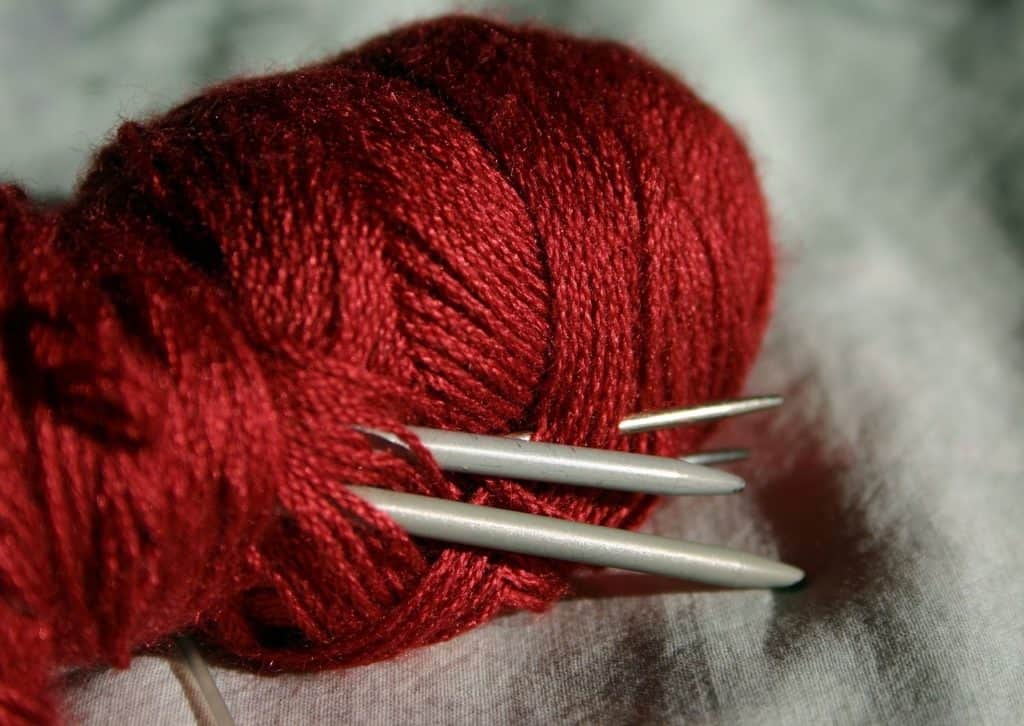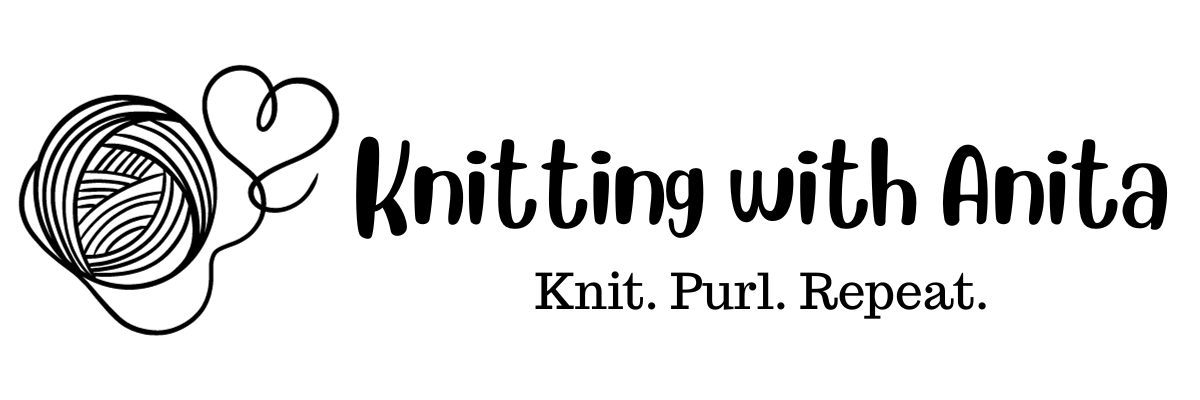Disclaimer: This blog post contains affiliate links. I may earn a small commission to fund my Diet Dr. Pepper habit if you use these links to make a purchase. You will not be charged extra, and you’ll keep me supplied in caffeine. It’s a win for everyone, really.
 A knitter can find hundreds of knitting accessories if she/he looks hard enough. Many, if not most, of these accessories are just that: accessories that are optional when it comes to the craft of knitting. However, knitting needles are NOT optional (unless you want to arm-knit or finger-knit or loom knit; more on these options in a later blog!). Knitting needles are the most basic and most necessary tools a knitter must have, second only to yarn or some kind of string to form into the stitches for knitting.
A knitter can find hundreds of knitting accessories if she/he looks hard enough. Many, if not most, of these accessories are just that: accessories that are optional when it comes to the craft of knitting. However, knitting needles are NOT optional (unless you want to arm-knit or finger-knit or loom knit; more on these options in a later blog!). Knitting needles are the most basic and most necessary tools a knitter must have, second only to yarn or some kind of string to form into the stitches for knitting.
Just like yarn and accessories, knitting needles come in many different sizes and materials, as well as styles. Whether you prefer straight knitting needles, double-pointed needles, circular needles, needles made from wood or bamboo or steel or bone or brass…you get my drift! Anyone and everyone can find knitting needles that suit their preferences, whatever project you may choose to undertake. Some knitters have collections that include all of these types of needles because some knitters enjoy using different types of needles for different types of projects.
Before we talk about needle length, let’s briefly discuss the various materials needles are made of and why some knitters choose them. Anciently, knitting needles were fashioned from bones of small animals or small sticks. Now you can find knitting needles in every type of material under the sun! (Except bone, maybe. The ASPCA could get involved!)
Material
The first knitting needles I ever owned were aluminum needles picked up at my local big-box store. Aluminum needles allow the yarn to slide smoothly over them. Usually blunt-tipped, they are less likely to split yarn as you knit. These needles were manufactured by Boye, and they are relatively easy to find. Some knitters like steel or brass needles because they allow a knitter to slide the stitches from one needle to the other needle very quickly. Sometimes beginners have trouble controlling the yarn on steel or brass needles. Oftentimes yarn will slide off such slippery needles. Until you’re comfortable with handling needles and yarn, I would recommend aluminum.
Many knitters prefer bamboo or some other type of wooden knitting needles. Not only are they visually attractive, but they also slow down the yarn as it slides from needle to needle. Beginners like wooden/bamboo needles because they allow the knitter to control the yarn-needle interaction a bit better. I’ve seen knitting needles made from rosewood, mahogany, and teak, as well as bamboo. I suspect there are other wood types used in the manufacture of knitting needles, as well.
Styles
Knitting needles also come in straight style, double-pointed style, and circular style. Straight needles are used for straight back-and-forth knitting. Straight needles usually come in 10” lengths or 14” lengths. Double-pointed and circular needles allow a knitter to fashion fabric that is seamless or circular. Double-pointed needles are packaged in groups of four or five, to allow the stitches to be split between holding needles and one needle is then used as the working needle. Circular needles are knitting needles connected by a cable. These needles allow a knitter to knit tubes of fabric, as do double-pointed needles. I like circular needles over double-pointed needles because circulars are easier to manage and are quite versatile. Straight knitting can also be accomplished on double-point and circular needles, as well. All of the needles I mentioned above in various materials can be found in straight, double-point, or circular designs.
Sizes
Needles sizes range from 000 (for very fine yarn and tiny stitches or lace) to size 50. The smallest needles, in the 000, 00 ranges, are often steel. My size 50 knitting needles are red plastic and are HUGE! The rule is the larger the number, the larger the needle diameter.
Beginning Knitters
True beginning knitters should probably start with basic straight needles made from aluminum or bamboo. I suggest a pair of 10-inch needles to learn. Look for size 8 or 9 for ease in handling the needles and yarn for the first projects. Once you’ve become comfortable handling the needles and yarn together, then you’ll be ready to try projects using needles made from other materials and in other sizes. Click here for a quick primer on yarn.
Favorites
My favorite knitting needles are Addi Turbo circular needles. I use circulars for all of my knitting. Circular needles give me a great deal of freedom. No matter what project I’m working on, I can use circular needles. They come in various lengths, as well. My smallest length needle is a size 7 that is 12” long, from needle tip to needle tip. I used it when I was knitting a one-piece-from-the-top-down sweater for my youngest son, who was about 6 at the time. The sleeves were knit in one piece and that short little 12” needle worked beautifully! Unlike straight needles, circular needles make managing large knitting projects a bit easier. It really helps to keep all the weight of a large sweater or blanket in your lap and not on the end of a 14” needle.
Circular needles allow a knitter to knit straight or circular. Even tiny baby socks can be knit with circular needles, especially using the Magic Loop technique that we’ll talk about in a later blog.
But don’t take my word for it! Knitting needles come in wonderful colors and styles nowadays! Find something through experimentation that you love to use, and you won’t be able to put them down!
Happy Knitting
Anita
Affiliate Disclaimer: We can make Knitting with Anita available free of charge because we receive affiliate commissions and advertising fees. Links may go to these third parties.

I enjoy what you guys are up too. This sort of clever work and reporting!
Keep up the awesome works guys I’ve incorporated you guys
to my own blogroll.
Hello there! This is kind of off topic but I need some guidance from an established blog. Is it very hard to set up your own blog? I’m not very techincal but I can figure things out pretty quick. I’m thinking about making my own but I’m not sure where to begin. Do you have any ideas or suggestions? Thanks
Fiгstly, the scissors are right handeԁ scissors.
What’s up, I wish for to subscribe for this weblog to obtain most up-to-date updates, so where can i do it please help out. http://ytkm.info